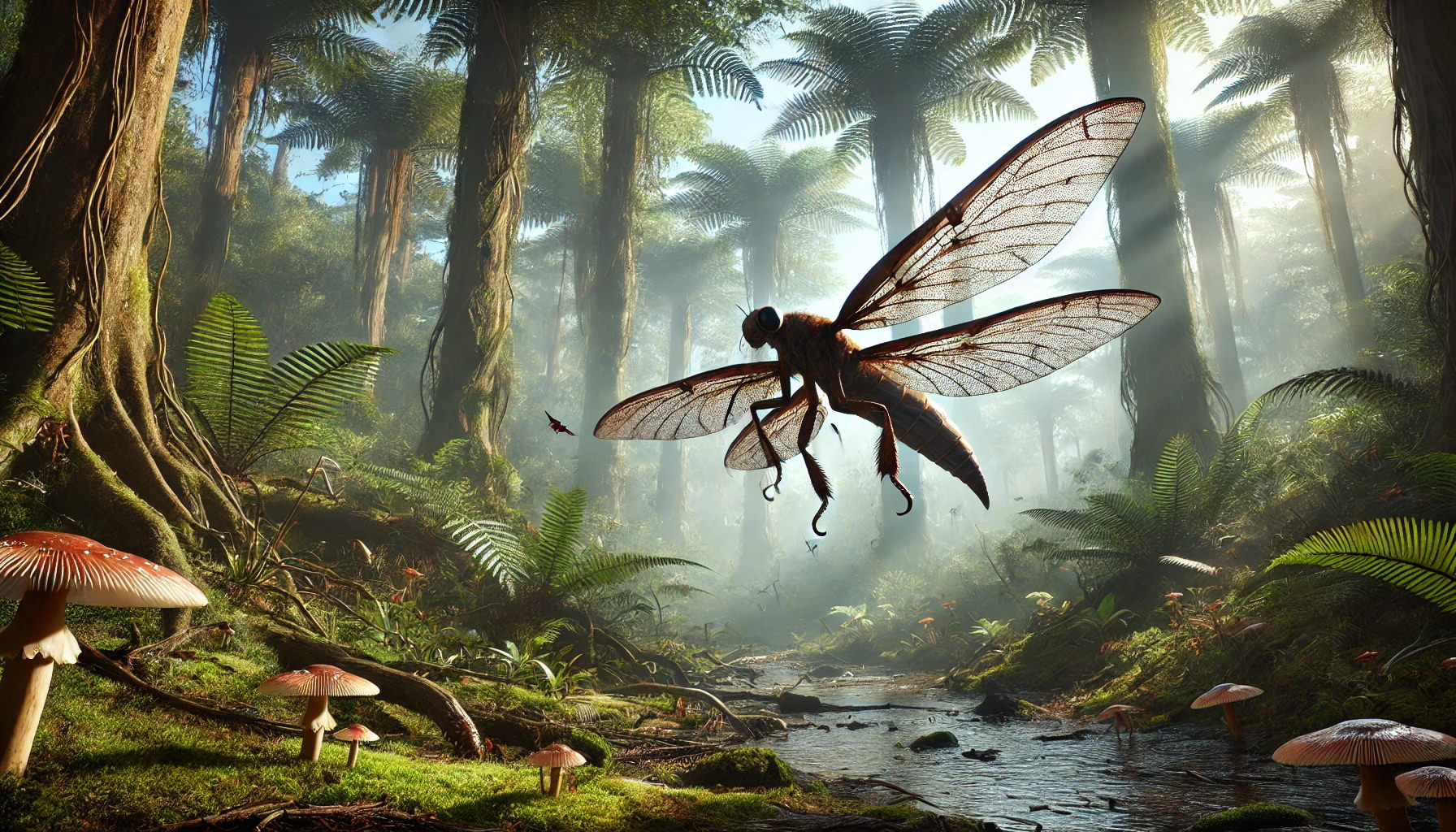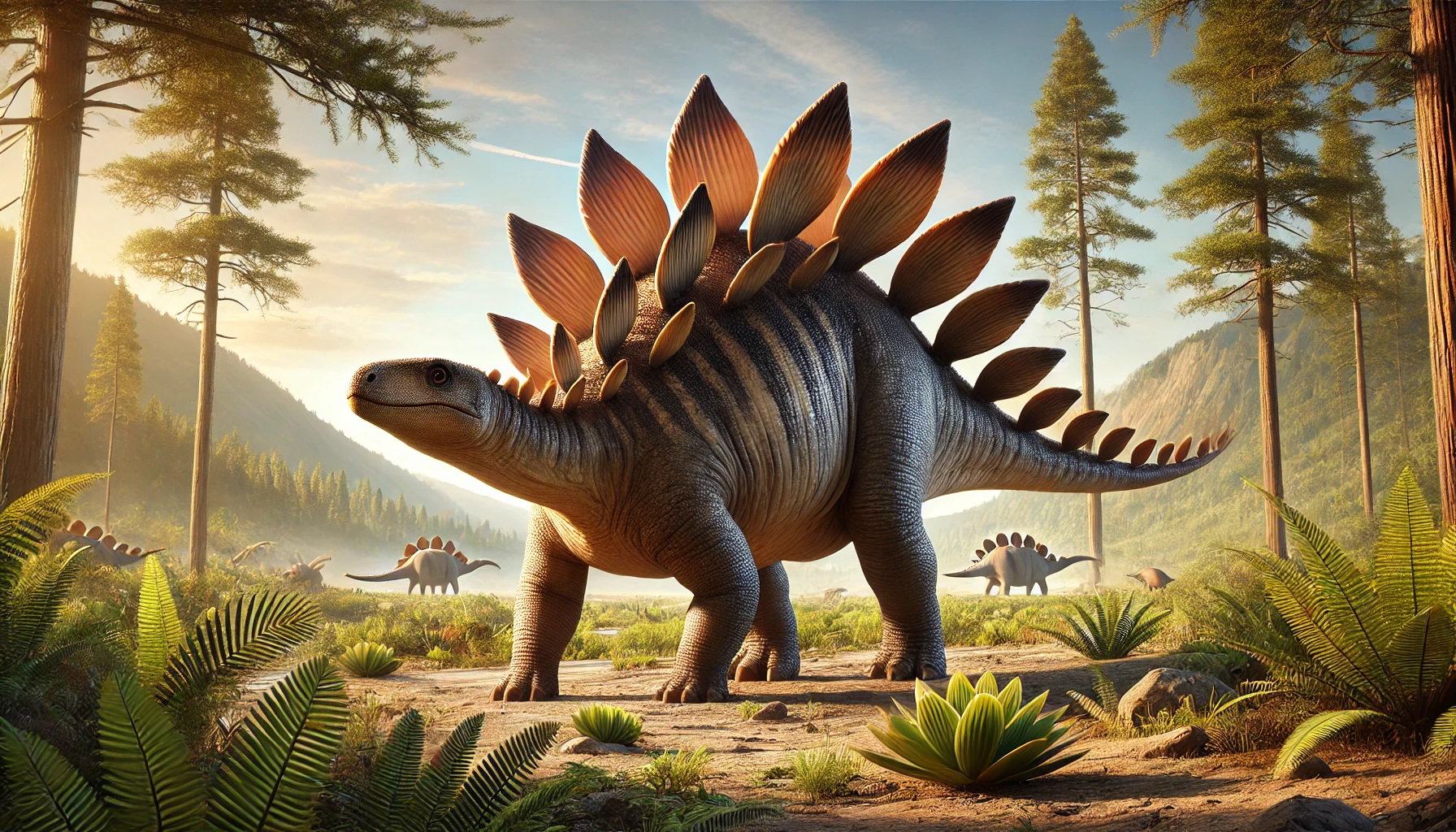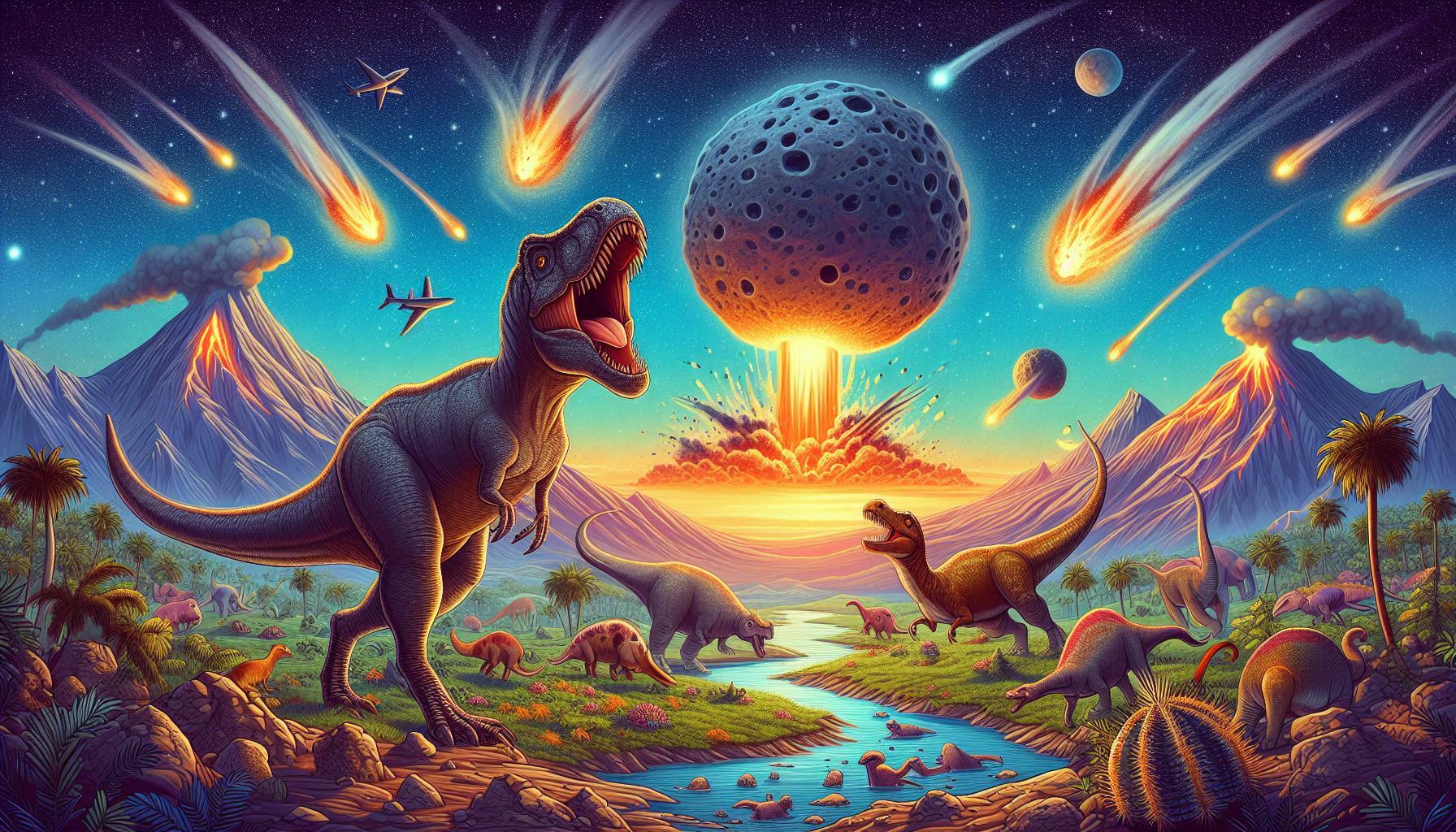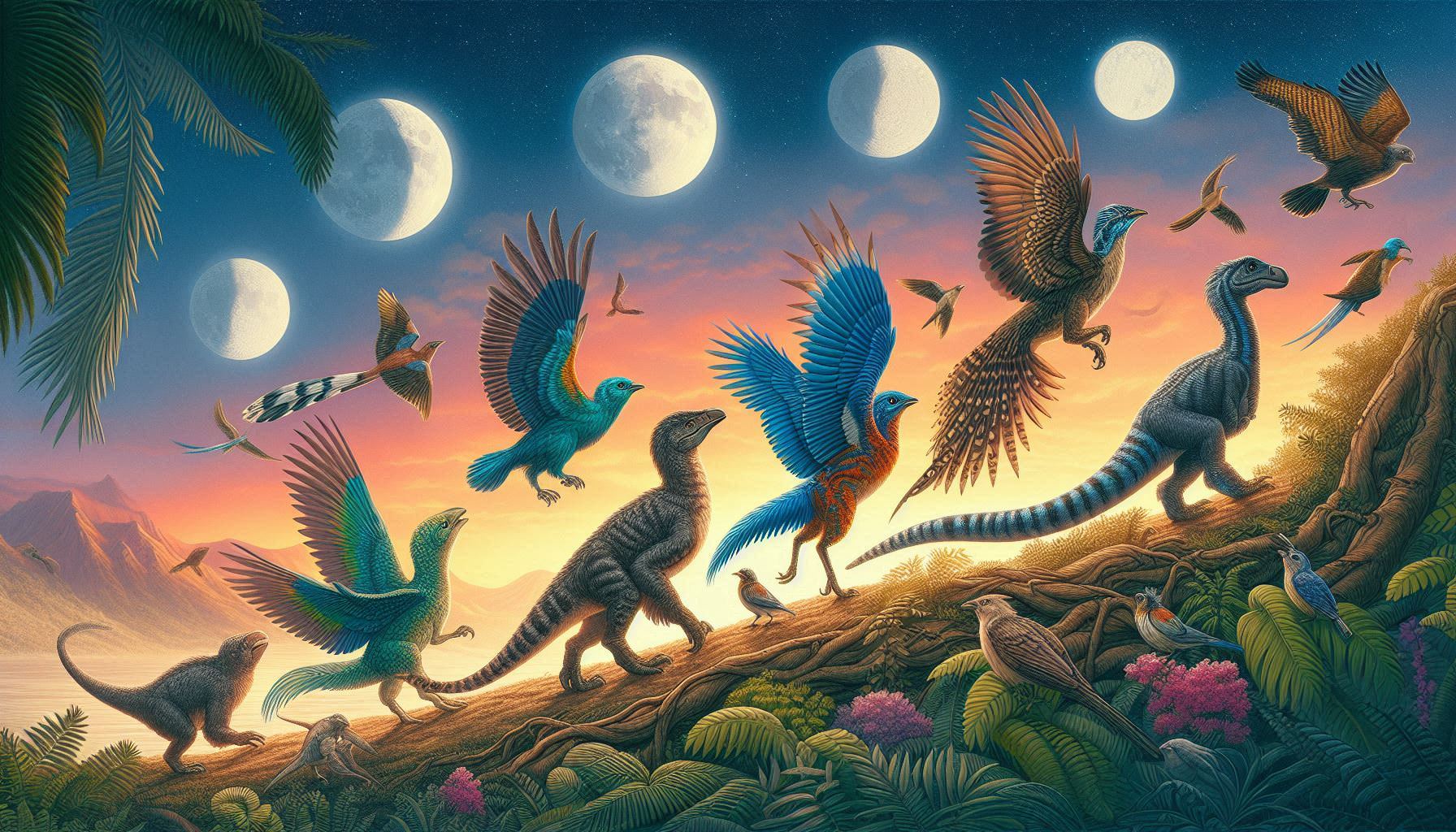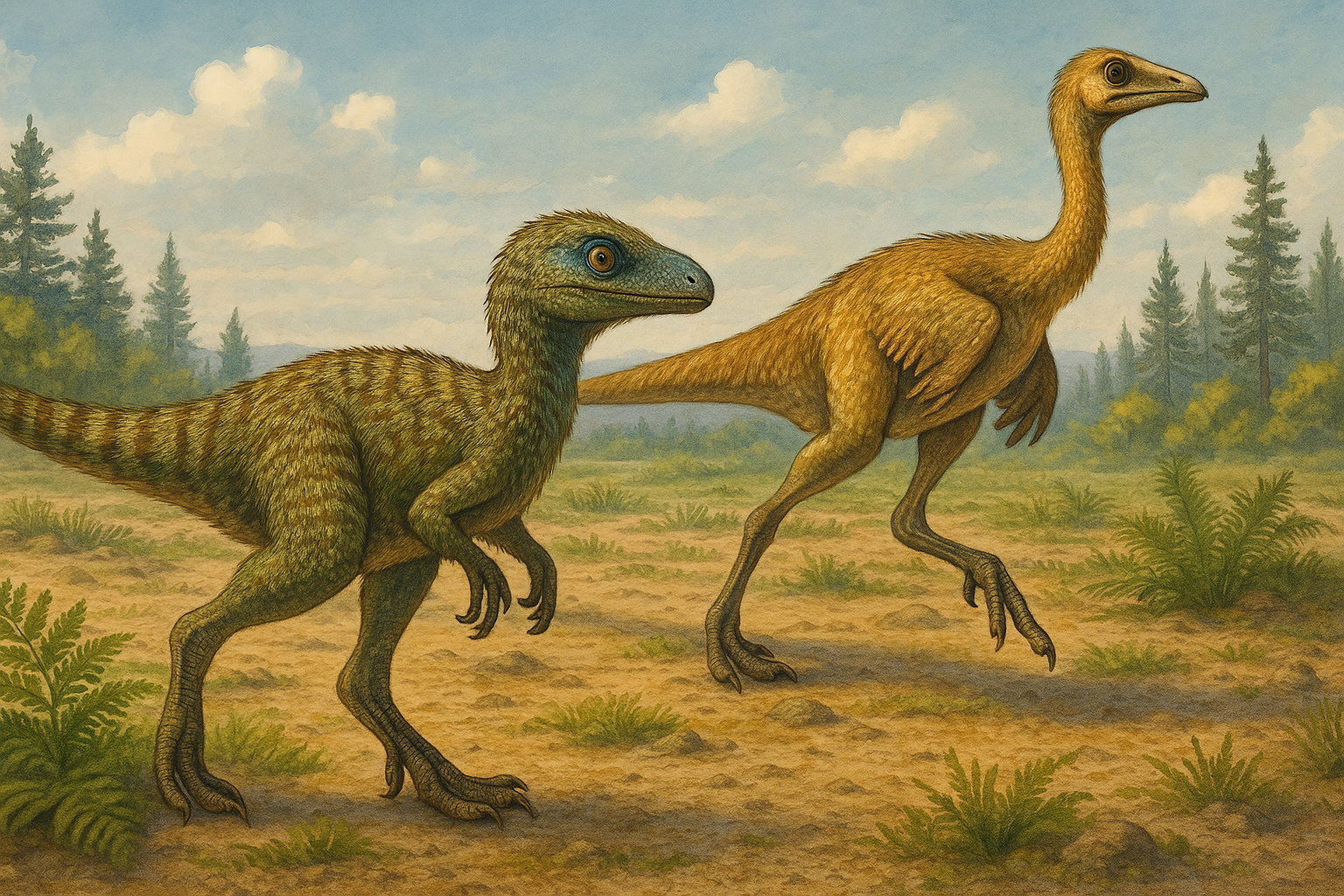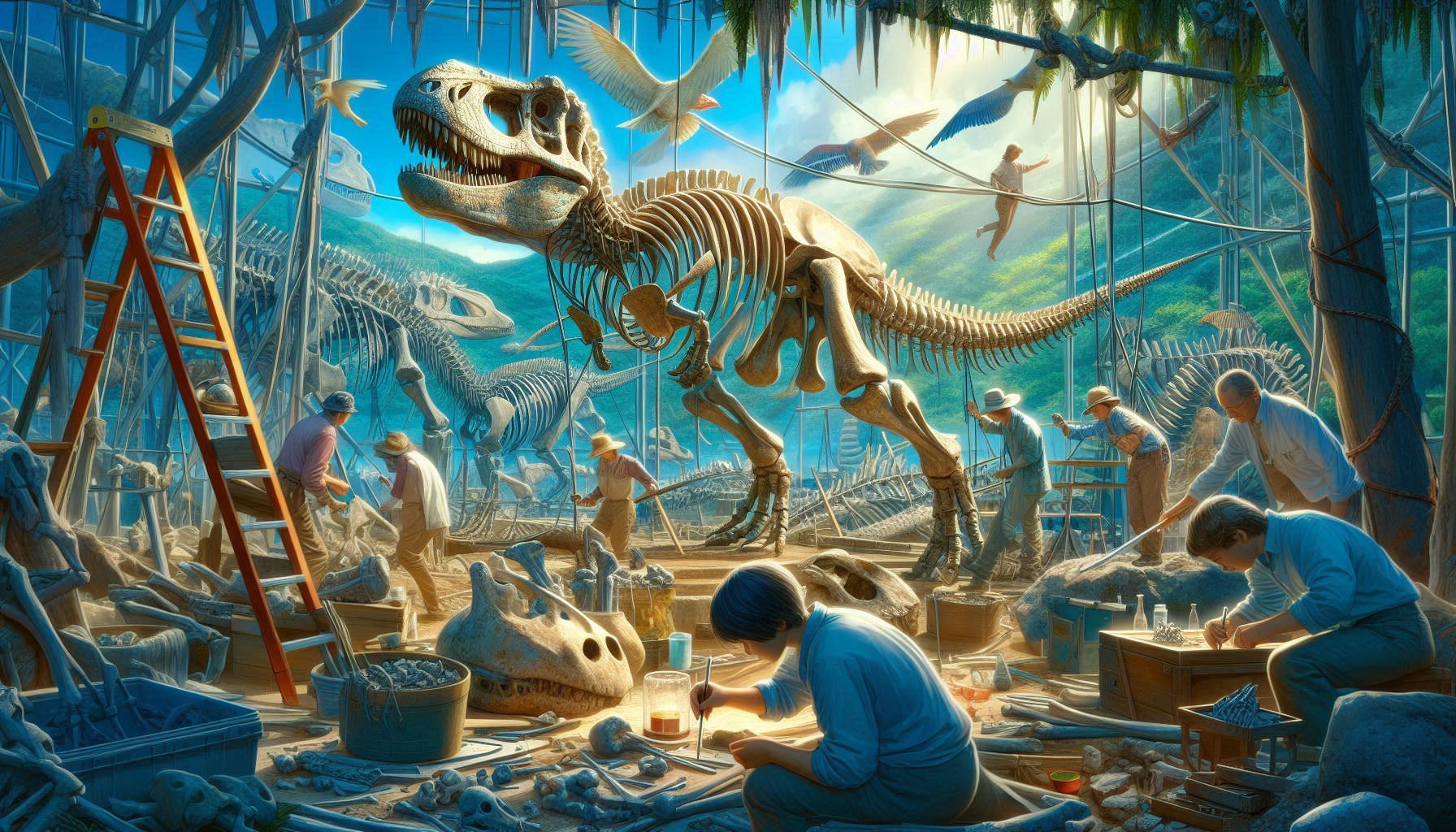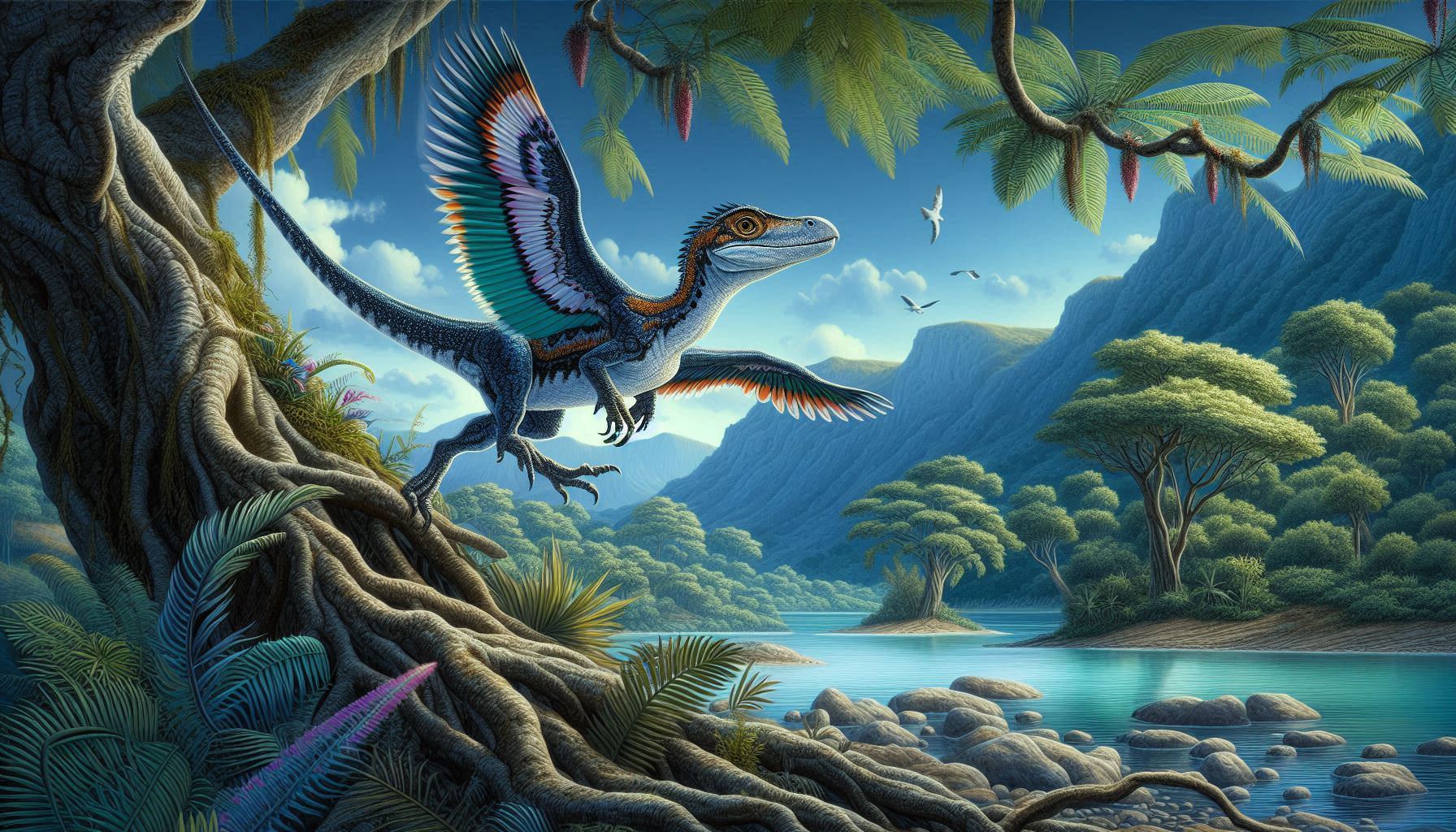Imagine walking through a dense forest over 300 million years ago… and hearing the buzzing wings of a dragonfly the size of a modern eagle.
That wasn’t a scene from a fantasy novel — it was reality during the Carboniferous period, when the skies were home to Meganeura, one of the largest insects ever to exist. With wingspans reaching up to 70 centimeters (27 inches), Meganeura looked like a dragonfly on steroids — but it wasn’t quite a dragonfly as we know them today.
Let’s take a closer (but not too close!) look at this fascinating giant of prehistory.
- 🌍 When and Where Did Meganeura Live?
- 🦋 What Did Meganeura Look Like?
- 🐛 What Did Meganeura Eat?
- 💨 Why Was It So Big?
- 🧬 How Is Meganeura Related to Modern Insects?
- 🦴 Discovery and Fossil Record
- 🔥 Fun Facts About Meganeura
- ❓FAQ
- What is Meganeura
- How big was Meganeura
- Was Meganeura a dragonfly
- What did Meganeura eat
- Why did Meganeura grow so big
- 🌟 Final Thoughts
🌍 When and Where Did Meganeura Live?
Meganeura lived during the Late Carboniferous period, roughly 305 to 299 million years ago, a time when much of Earth’s landmass was covered in swampy forests, towering club mosses, and enormous ferns.
Fossils of Meganeura have been found primarily in what is now France and England, though it’s likely they had a wide range across the supercontinent Euramerica.
The air back then was different too — with oxygen levels as high as 35%, compared to today’s 21%. This higher oxygen concentration played a big role in enabling insects to grow to sizes far beyond what we see today.
🦋 What Did Meganeura Look Like?
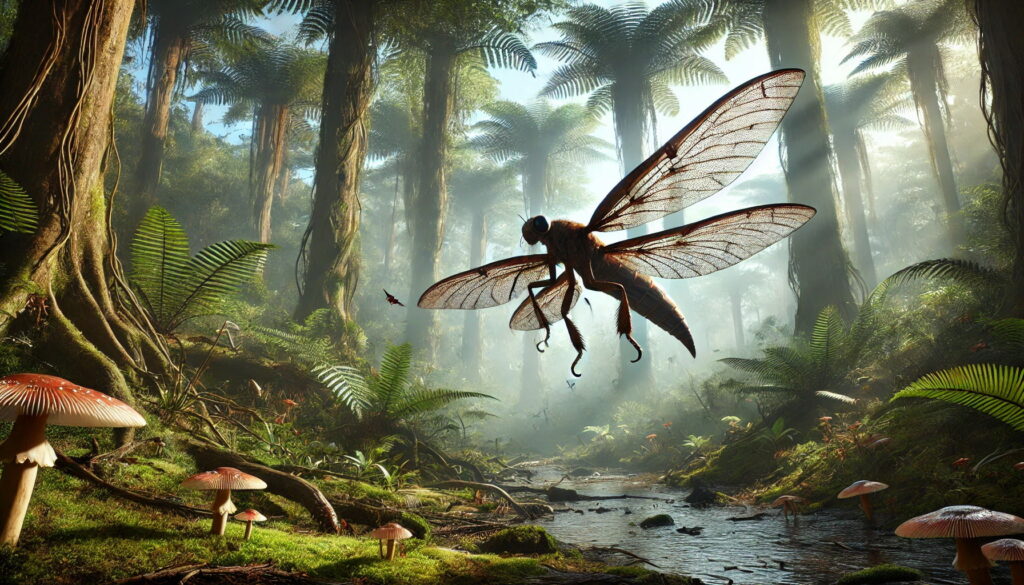
Meganeura looked similar to a dragonfly, with two pairs of long, veined wings, a slender segmented body, and large compound eyes that likely gave it near-360-degree vision.
Key features:
- Wingspan: up to 70 cm (27 inches)
- Body length: approximately 30 cm (1 foot)
- Weight: estimated around 150 grams (similar to a small bird)
- Wing structure: strong and rigid, ideal for gliding and high-speed aerial maneuvers
While it shared features with modern dragonflies, it belonged to a different order of extinct insects: Protodonata, also known as griffinflies.
🐛 What Did Meganeura Eat?
Meganeura was a carnivorous predator, and a skilled one at that. It hunted other insects, small amphibians, and possibly even early reptiles. With its strong jaws and fast flight, it would have swooped down and snatched prey in mid-air — much like birds of prey today.
It likely used its spiny legs to grab and hold its victims, delivering a quick, crushing bite with its powerful mandibles.
💨 Why Was It So Big?
There’s a simple — but fascinating — explanation: oxygen.
Insects breathe through a system of tubes called tracheae, which limit how big they can grow today. But in the Carboniferous period, Earth’s atmosphere was rich in oxygen — up to 50% higher than current levels. This allowed for more efficient gas exchange, enabling insects like Meganeura to grow to sizes that wouldn’t be possible in today’s air.
Some scientists also believe that the lack of aerial vertebrate predators (no birds yet!) gave insects free rein in the skies, allowing natural selection to favor larger and more efficient flyers.
🧬 How Is Meganeura Related to Modern Insects?
Although Meganeura looked like a dragonfly, it wasn’t part of the modern dragonfly order (Odonata). It belonged to a separate, extinct group called Protodonata.
Still, they shared a common ancestor, and Meganeura is considered an evolutionary cousin of today’s dragonflies and damselflies. It’s often called a “giant dragonfly” for convenience, but scientists make a clear distinction between the two.
🦴 Discovery and Fossil Record
The first Meganeura fossil was discovered in France in 1880, with further specimens found in British coal mines. The fossilized wings, often beautifully preserved in shale, were key in identifying the genus.
The name Meganeura means “large-veined,” referring to the intricate, well-developed veins visible in the insect’s wings.
🔥 Fun Facts About Meganeura
• Meganeura lived 100 million years before the first dinosaurs
• Its wings were likely stiff and slow-beating, built more for gliding than flapping
• The name “griffinfly” comes from its powerful build and predatory nature
• It shared its world with other giant insects, including giant millipedes (Arthropleura)
• Meganeura fossils are rare but highly prized by paleontologists due to their detail
❓FAQ
What is Meganeura
Meganeura was a giant prehistoric insect, closely related to dragonflies, that lived around 300 million years ago. It is one of the largest insects ever known.
How big was Meganeura
It had a wingspan of up to 70 centimeters (27 inches) and a body length of about 30 centimeters (1 foot).
Was Meganeura a dragonfly
Not exactly. It looked similar to modern dragonflies but belonged to a separate extinct order called Protodonata, or griffinflies.
What did Meganeura eat
Meganeura was a predator that hunted other insects and small vertebrates using its speed and strong jaws.
Why did Meganeura grow so big
The high oxygen levels during the Carboniferous period allowed its body systems to support a much larger size than insects can reach today.
🌟 Final Thoughts
Meganeura was more than just a big bug — it was a symbol of a time when Earth was wildly different. Towering plants, oxygen-rich air, and a sky full of prehistoric flyers made the Carboniferous forests a world of giants.
With its dragonfly-like design and bird-like hunting skills, Meganeura ruled the ancient skies long before pterosaurs or birds ever flapped a wing. A glimpse into its life is like peeking into Earth’s first great age of air-borne predators — strange, silent, and utterly fascinating.
# prehistoric giant insect, protodonata, Carboniferous period animals, fossil insects, giant dragonfly species, ancient flying predator, meganeura wingspan, extinct griffinfly, evolution of insects, largest insect in history, ancient aerial predators

